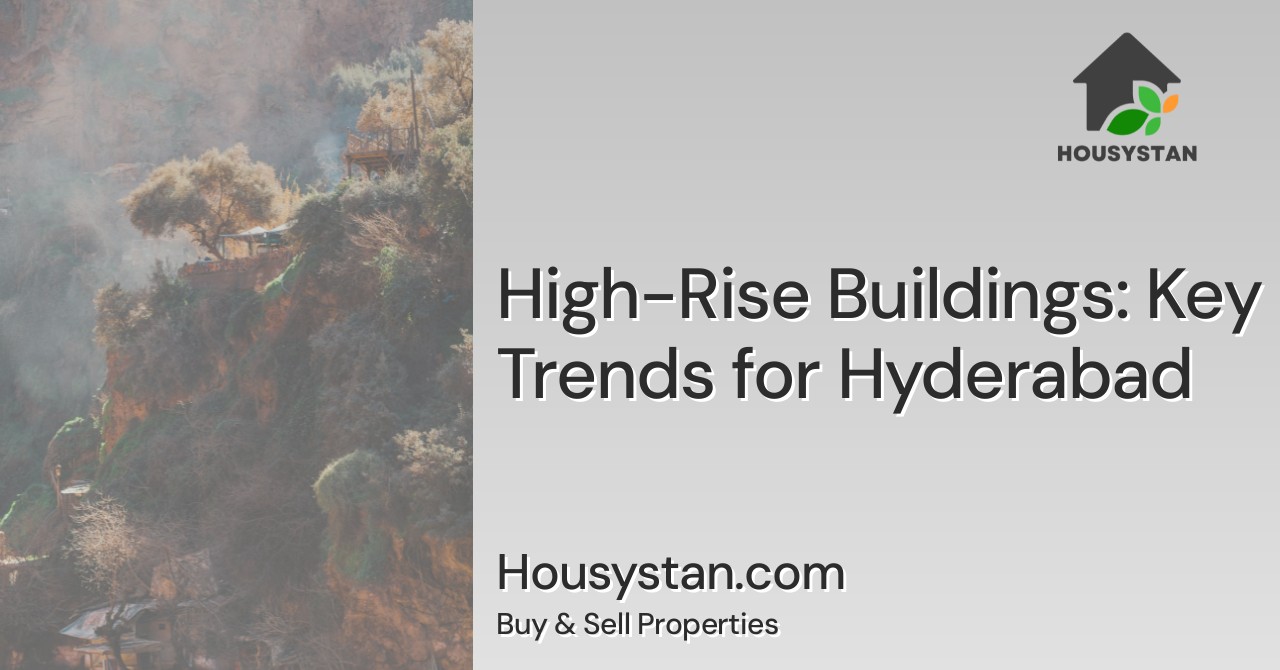High-Rise Buildings: Key Trends for Hyderabad
Read latest blogs and articles from Housystan

The Information mentioned here was last updated on:
31/12/2025Hyderabad’s skyline is transforming rapidly, with high-rise buildings becoming a defining feature of the city’s urban landscape. The demand for vertical living and commercial spaces continues to surge, driven by population growth, economic development, and the influx of global companies. As a major metropolitan hub in South India, Hyderabad offers a unique blend of tradition and modernity, making it an attractive location for real estate investment and innovative architecture.
One of the significant trends shaping Hyderabad’s high-rise sector is the adoption of sustainable construction practices. Developers in the city are prioritizing eco-friendly designs, incorporating green rooftops, energy-efficient systems, and rainwater harvesting into their projects. These initiatives not only reduce environmental impact but also contribute to enhanced living standards for residents. Modern skyscrapers in Hyderabad often feature smart home technologies and robust security systems, reflecting the city’s status as a technology powerhouse.
Another notable trend is the integration of mixed-use developments. High-rise buildings in Hyderabad are not limited to residential apartments; many now combine office spaces, retail outlets, recreational areas, and hospitality services within a single structure. This approach maximizes utility, creates vibrant communities, and supports the city’s vision for sustainable urban growth. Proximity to metro stations, IT corridors, and major business districts further enhances the appeal of these towers for both homebuyers and investors.
- Verified Tenants/Buyers
- Unlimited Property Listing
- Zero subscription/charges fee
Hyderabad’s high-rise market is also witnessing an uptick in premium amenities. Rooftop gardens, infinity pools, fitness centers, and dedicated entertainment zones are increasingly common, catering to the lifestyle aspirations of modern urban dwellers. Gated communities with expansive green spaces and advanced surveillance offer safety and peace of mind, attracting families and professionals alike.
Looking ahead, the future of high-rise buildings in Hyderabad is promising. With supportive government policies, robust infrastructure, and a growing cosmopolitan population, the city is poised to remain a leader in high-rise real estate development. Whether for investment or personal use, high-rise living in Hyderabad delivers unmatched advantages in comfort, convenience, and style.